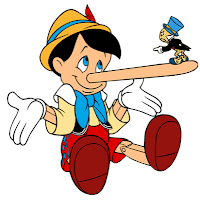#401 - Winning Strategy Logic Puzzle
Alpha and Beta are playing bets. Alpha gives $10 to Beta and Beta deals four card out of a normal 52 card deck which are chose by him completely randomly. Beta keeps them facing down and take the first card and show it to Alpha. Alpha have a choice of either keeping it or to look at the second card. When the second card is shown to him, he again has the choice of keeping or looking at the third which is followed by the third card as well; only if he does not want the third card, he will have to keep the fourth card.
If the card that is being chosen by Alpha is n, Beta will give him . Then the cards will be shuffled and the game will be played again and again. Now you might think that it all depends on chance, but Alpha has come up with a strategy that will help him turn the favor in his odds.
Can you deduce the strategy of Alpha ?

To keep odds in his favor, Alpha must choose a card from the first three whenever he sees a 9 or higher card.
This is because the probability that all cards that are selected randomly by beta are below 9 is 32*231*30*29 / 52*51*50*49 = 0.133.
In such a case, you lose from $2 to $9 with equal probability = 0.133/8 = 0.0166
Let us now calculate the probability of the four cards being of value 9 or higher which will be equal to 1 – 0.133 = 0.867.
As Alpha stops at the first sight of 9 or a higher card, he can possibly win -1, 0, 1, 2, 3 with an equal probability of 0.867/5 = 0.173
This will give him an overall expected winning amount of 0.14 per game he plays.
Also note that if Alpha decides to stop at a card 10 or higher, the expected winning amount will be 0.09 per game. It can be a strategy to win more but will not stand quite effective.
With any other choice of stopping, Alpha will be having negative chances of winning.









